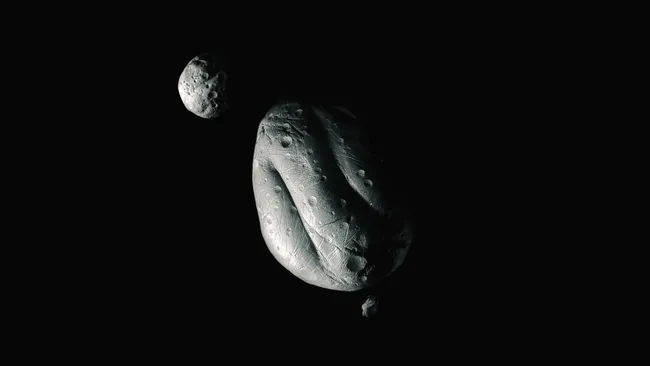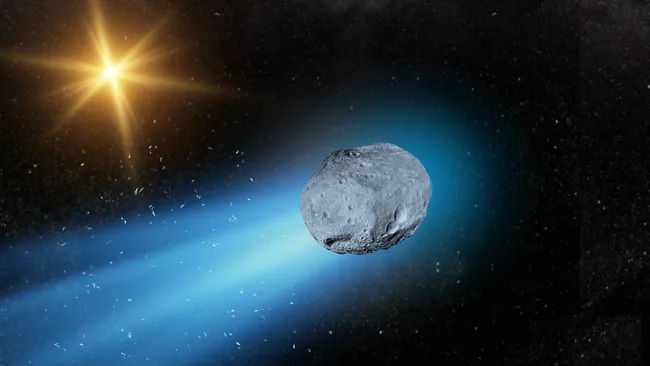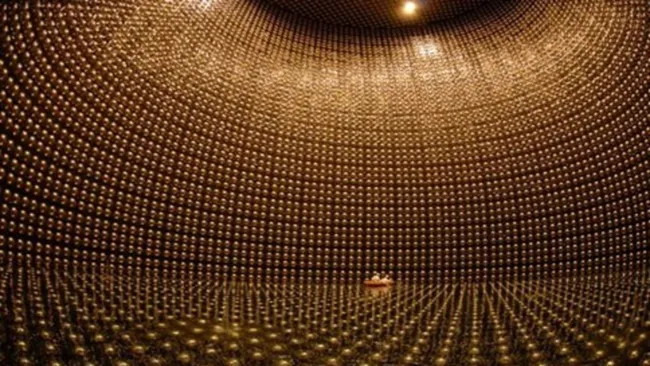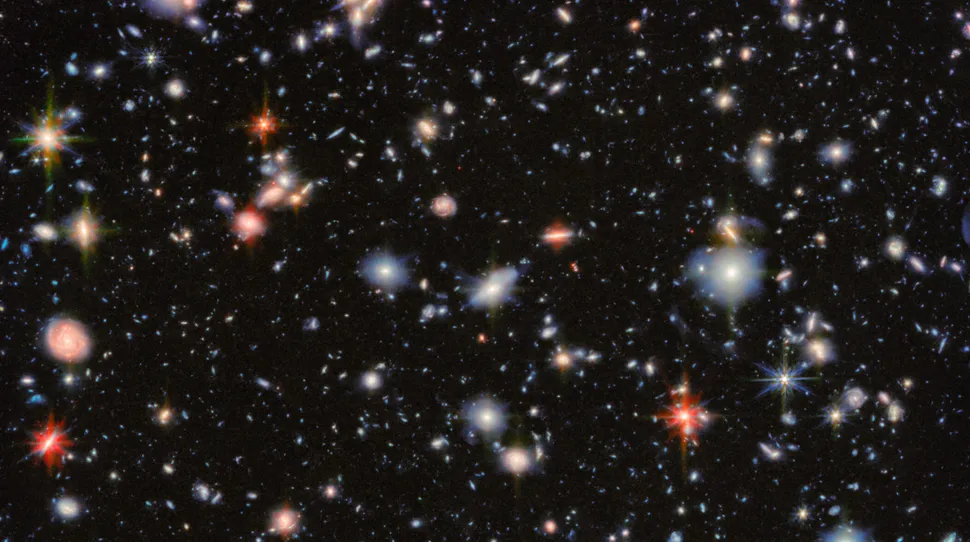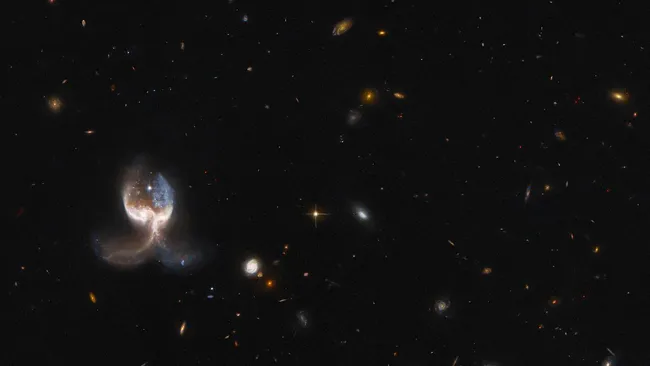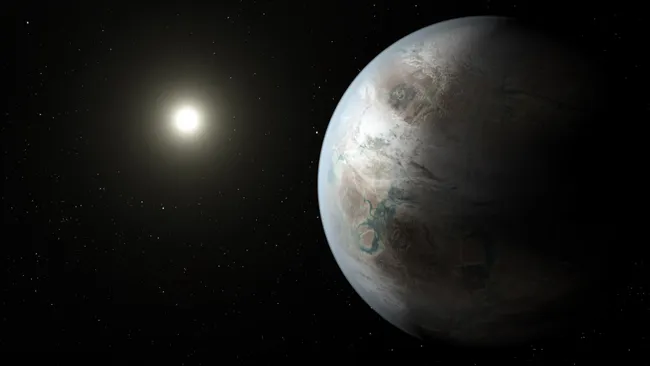Black Holes as Particle Accelerators: A Natural Route to Solving the Dark Matter Puzzle
With funding cuts affecting national research programs, many scientific sectors are being forced to rethink how they explore the universe. Among them are astrophysics and cosmology—fields that often rely on billion-dollar infrastructure to test theories such as the existence of dark matter. Now, a new study published in Physical Review Letters suggests we may not need to build massive particle accelerators after all. Instead, we might find answers near black holes.
The study, led by Dr. Andrew Mummery from the Rudolf Peierls Centre for Theoretical Physics at the University of Oxford, proposes that black holes—particularly rotating ones—could function as natural particle accelerators. He collaborated with renowned physicist Joseph Silk, affiliated with institutions such as Johns Hopkins University and the Institut d’Astrophysique de Paris.
These researchers argue that black holes particle accelerators could serve as a cheaper, natural alternative to human-built ones like CERN’s Large Hadron Collider (LHC). While the LHC is currently the most powerful particle accelerator on Earth, generating energies up to 13 TeV, the idea of building a next-generation supercollider capable of 100 TeV is already under discussion. But building it would take decades and billions of dollars.
Meanwhile, nature might already be running similar experiments in space.
According to Mummery and Silk, supermassive black holes (SMBHs) at the center of galaxies create conditions that could mimic or even surpass what is possible in a lab. These Kerr black holes, which spin rapidly due to accumulated angular momentum, can channel immense energy into their surroundings. Material spiraling into them forms accretion disks, and in combination with relativistic jets, creates plasma flows capable of producing high-energy collisions.
Their models suggest that collisions in the accretion flows of these black holes could reach center-of-mass energies in the tens to hundreds of teraelectronvolts (TeV). That puts them in the same range—or beyond—the energy levels proposed for future supercolliders on Earth.
Silk elaborated in a press release that if these natural dark matter research events generate new particles, some of them may escape the black hole’s gravitational grip. These outgoing particles could be detected by Earth-based observatories, offering a new channel for cost-effective particle physics research.
“The particles that come out would be accelerated to unprecedentedly high energies,” said Silk. “They could deliver results comparable to, or better than, anything achievable in human-made facilities.”
There’s more. While some particles plunge into the black hole and vanish, others escape with such velocity that they may travel light-years. If these interactions yield particles associated with dark matter, this could signal breakthroughs in how we understand the universe’s structure.
Facilities such as the IceCube Neutrino Observatory in Antarctica and the KM3Net under the Mediterranean Sea are capable of detecting these high-energy cosmic particles. These detectors are already used to study neutrino bursts and supernovae. With better collaboration, spearheaded by the Global Neutrino Network, we could track cosmic events that originate near black holes and study them in real time.
Another proposed method involves monitoring gamma-ray bursts from the Milky Way’s core. These violent events could hint at dark matter particles if their energy patterns match theoretical predictions. Since these observations do not require multi-billion-dollar investments, they present a valuable route for testing the standard model of physics.
While black holes won’t replace particle accelerators entirely, they could offer a complementary, cost-effective solution. Using them to study high-energy physics could redefine how we explore fundamental forces and particles.
In a future where budget limitations threaten long-term science infrastructure, supermassive black holes energy might offer the key to unlocking nature’s deepest mysteries—without waiting 40 years and spending $30 billion.


